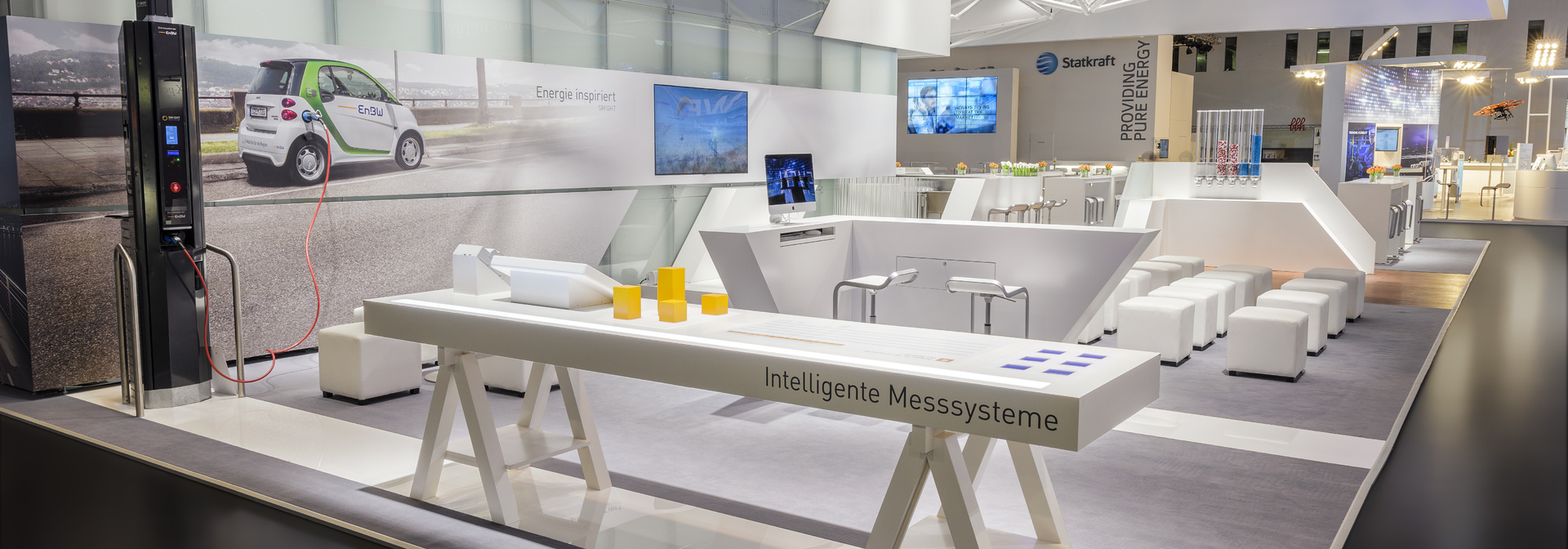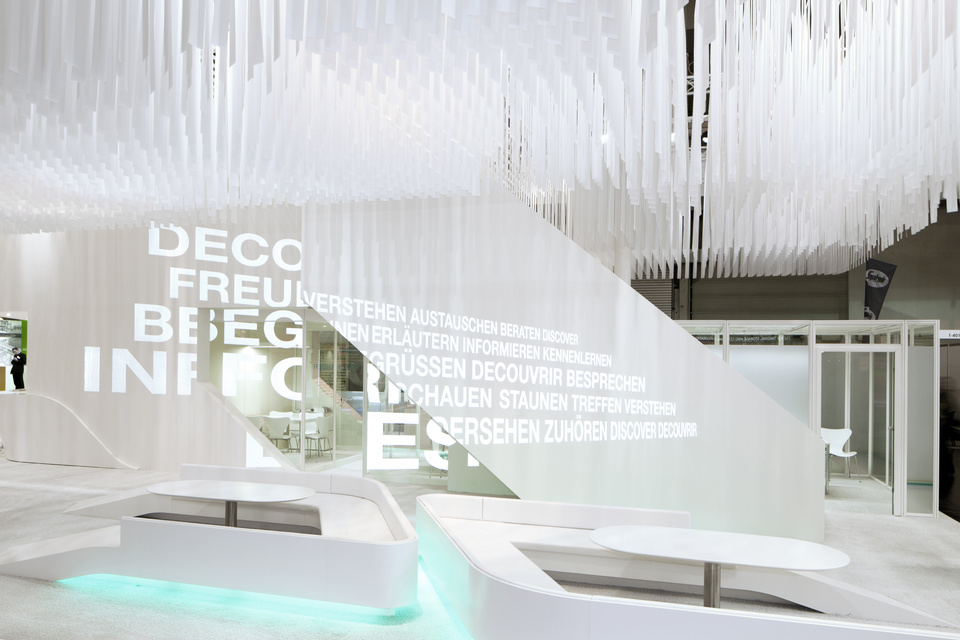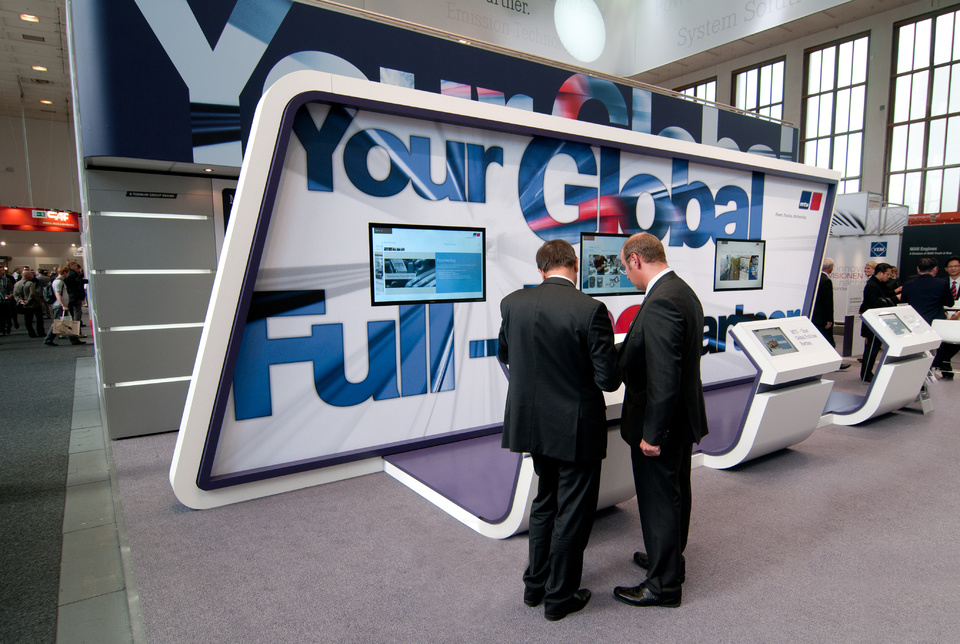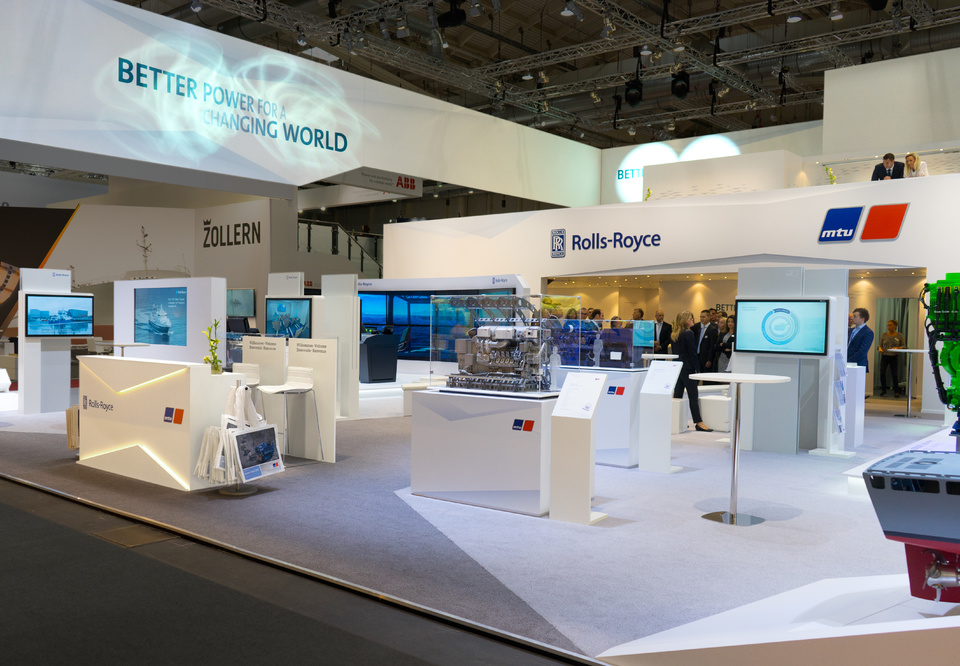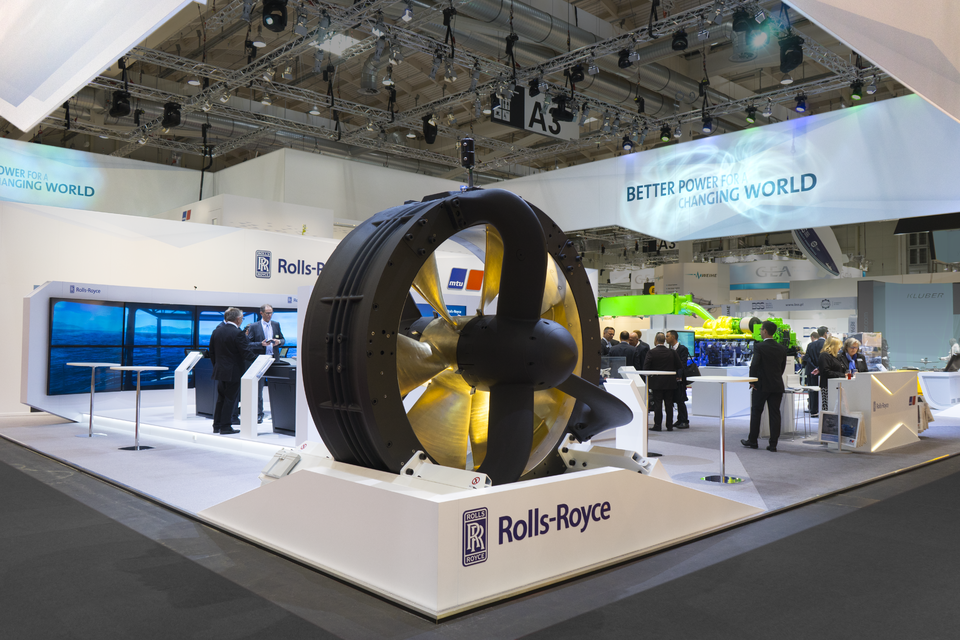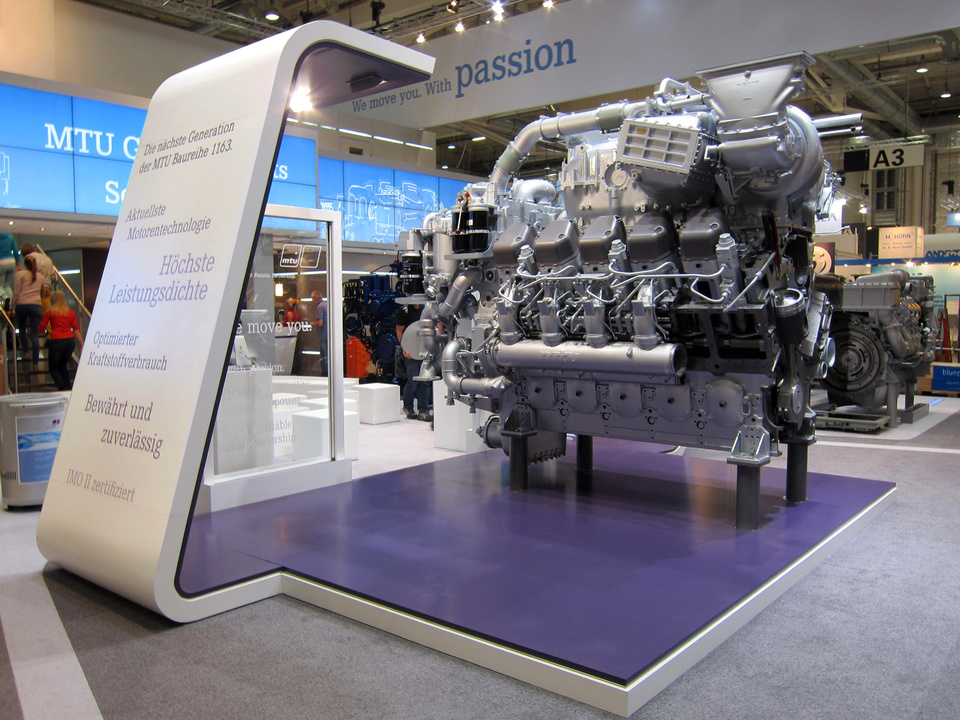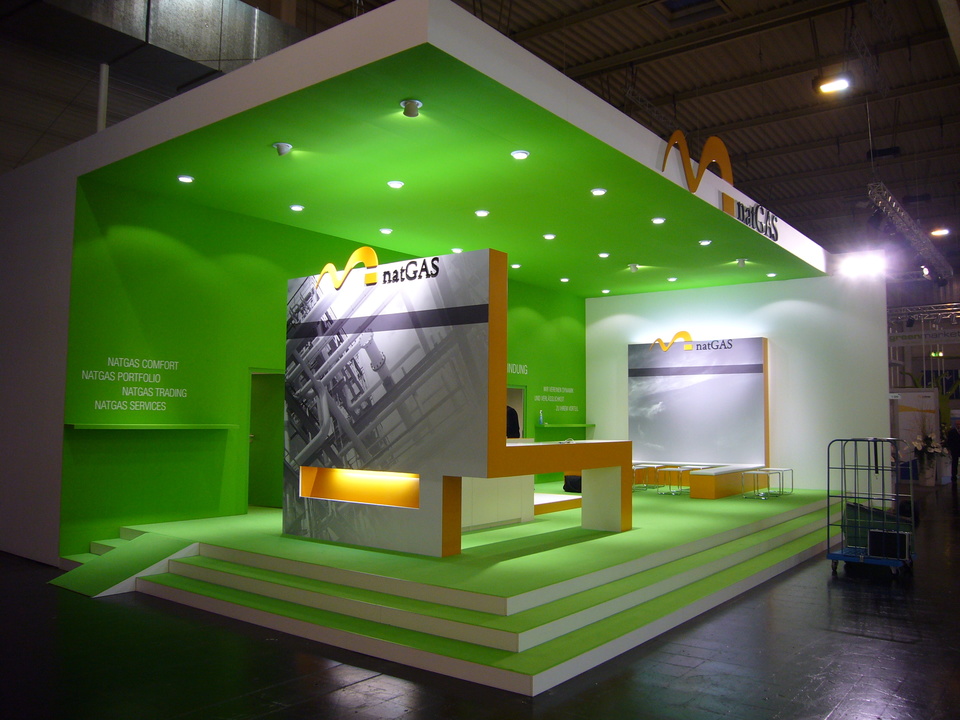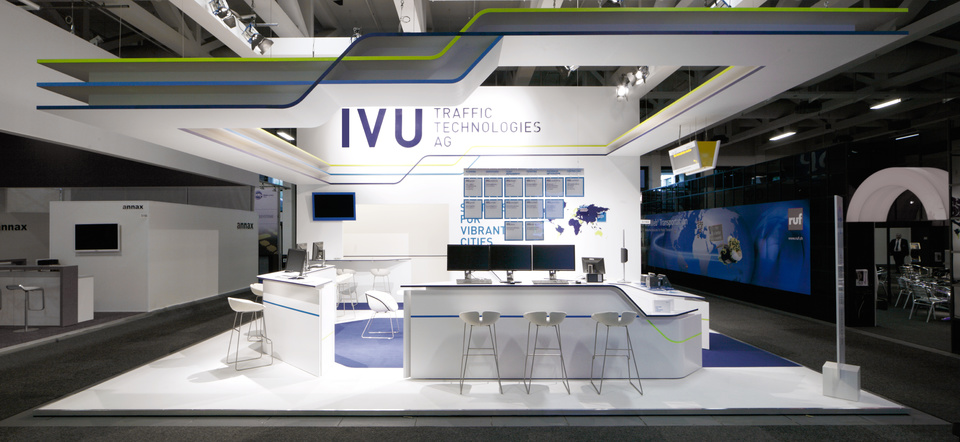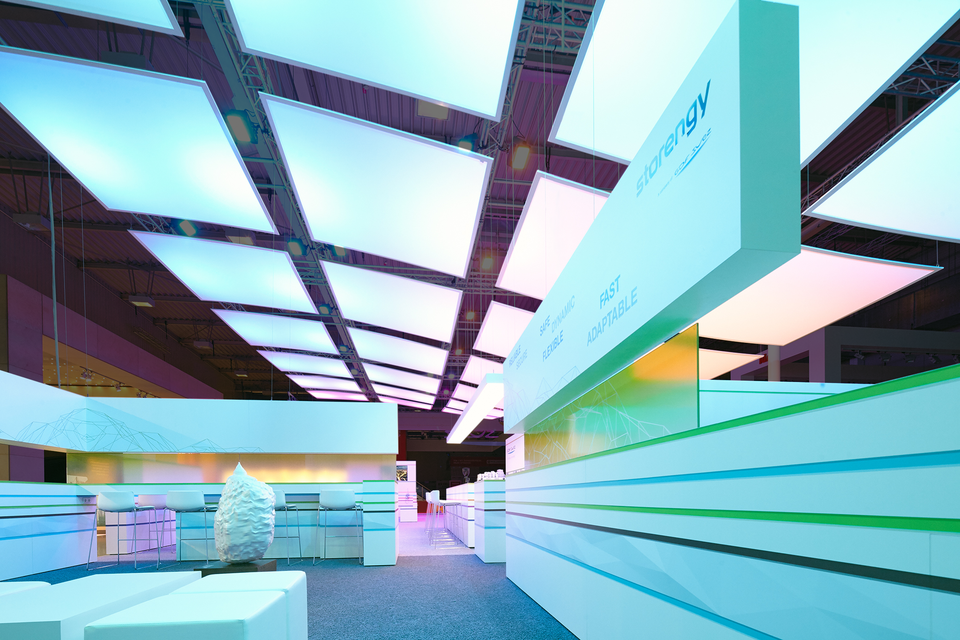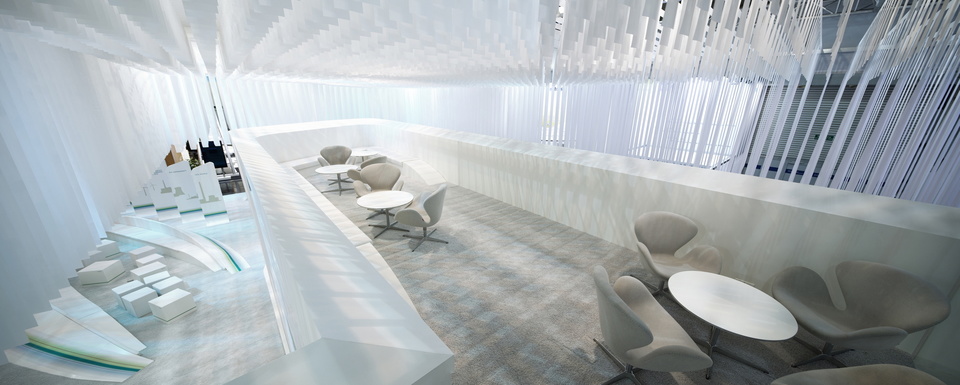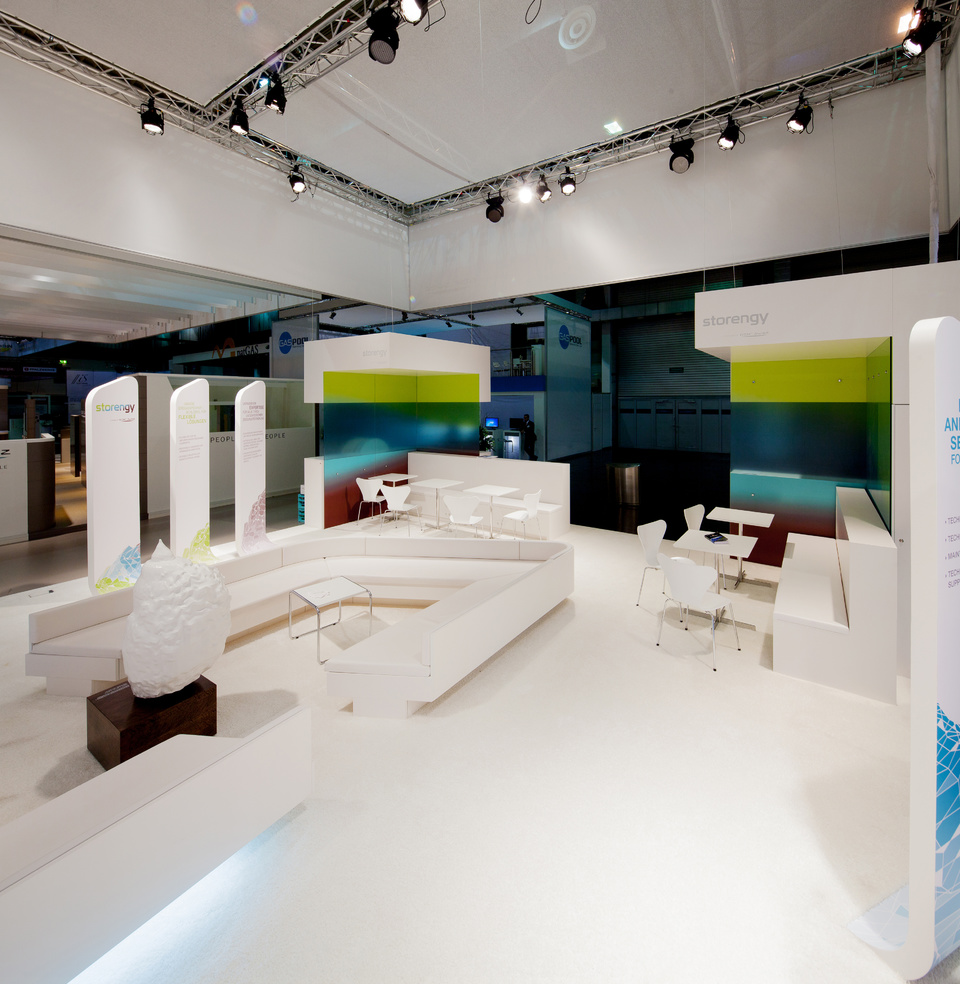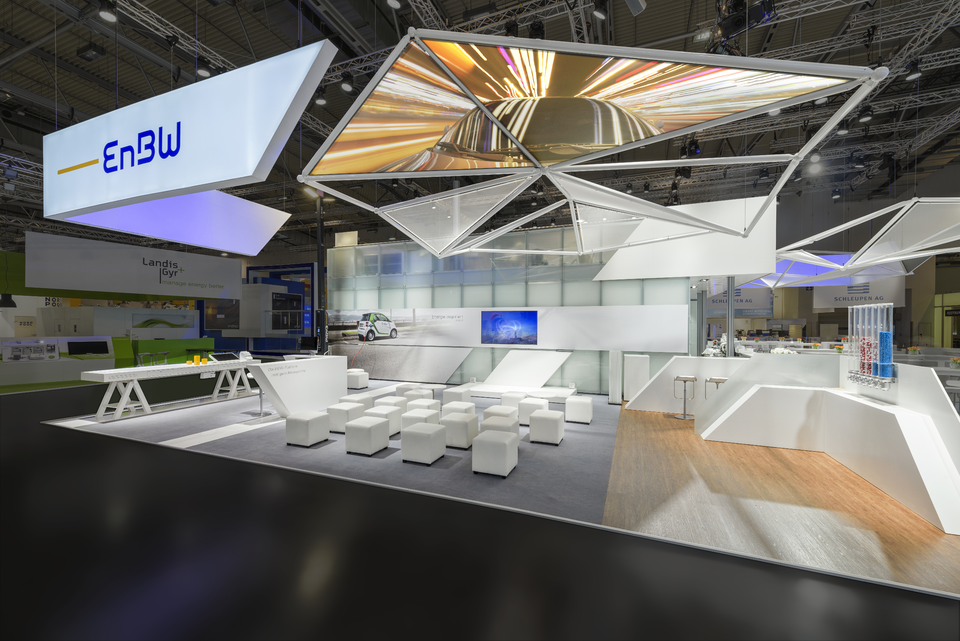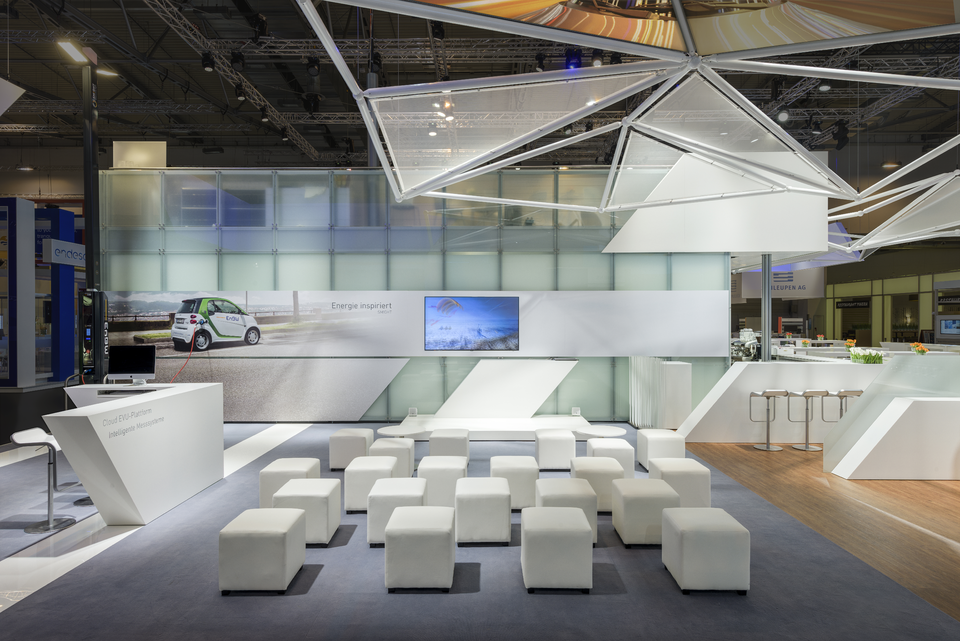The irreplaceable point marketplace
Communication tool - Trade fair
The classic trade fair is undergoing a transformation process. Many traditional elements are being questioned. Digital interfaces and presentation tools are increasingly gaining ground. From touch interfaces to video mapping and kinetic exhibits, a wide variety of elements are being tried out with the aim of adding a contemporary digital and, above all, interactive component to the static exhibits.
It becomes apparent that the principle of trade fairs as point marketplaces is still a highly topical, social communication tool. The additional networking with digital media and the quality of the experience must be urgently adapted to contemporary customer behaviour in order to be able to pick up the increasingly differentiated target groups at the various touchpoints.
The goal of brand communication is to remain in the memory of an experience-oriented society with emotional values. For this, a more customer-centred perspective is needed in the conception, which goes far beyond what has been planned so far. The trade fair appearance and its sustainable value proposition and effect from the perspective of the trade fair participant, from the perspective of the exhibiting company and, above all, from the perspective of the trade fair visitor, must be in the foreground.
There is a need to use the available digital possibilities much more than before for staging products, skills and solutions within trade fairs (showcasing) and even first new applications as well as experience reports (also by connecting actors, experts, companies and users, co-presence).
The task is to expand the physical part of a trade fair presence with the digital dimension, not to replace it. Ideally, this process is not a one-way street. Making a mere digital image or 3-D model of a trade fair stand accessible on the internet is not expedient. Such an approach would only have a token function, but it cannot fulfil the basic thinking about hybrid fairs and their components. Ideally, there should be a seamless connection between the digital and the physical space of experience. Interaction should be possible in both directions. This also makes it possible to adjust the weighting between the two components depending on the occasion or situation.
Many surveys and studies show that the qualities of a trade fair presentation cannot be limited to purely visual and acoustic information transfer. The relevance of non-measurable factors should not be underestimated. Social interactions, the dynamics of networking made possible and the exclusive concentration of competences and innovations cannot be replaced digitally. Conversely, the digital dimension creates countless opportunities to charge physical exhibits, services and competences with content, non-obvious background information or immersive fact chains.
The goal is to create trade fair experiences in which the boundary between the physical and digital levels is fully interwoven, so that one has a full trade fair experience both as a present guest and as a digitally present visitor.
